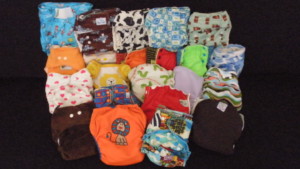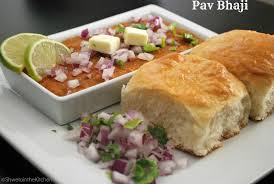When we were growing up, it was all cloth diapers in our side of world. My friend always says, our mothers had all the time in the world to wash that many clothes so it was not a problem, but we don’t. So somewhere along the line, we have switched from cloth diapers to disposable diapers. Even people who use cloth diapers at home tend to use disposable when they get out of the house – reason they are not ready for leaks that they think will happen with the regular cloth diapers.
For all such people I have a little secret to share. There are cloth diapers available in the market which are perfectly leak proof and safe and comfortable to use.
When my daughter was born, the German midwife who assisted me in delivery refused to put a disposable diaper on my daughter. Her argument was that the first thing a newborn wears should be chemical free and not plastic. This made me think about the alternatives then.
Reasons to use Cloth Diapers:
- You will save a fortune!
- Each disposable diaper that is used, ends up in the landfill. Cloth diapers are highly Eco friendly.
- Once you start using cloth diapers, you will realise that they are much more convenient than disposable diapers. No blow outs and no leaks.
- A child that is constantly on disposable diapers, can easily develop rashes due to the synthetics and chemicals used in them and these rashes are highly irritating.
- It is said that a disposable diaper can increase the heat of a baby boy’s scrotum thus paving way for infertility int he future. Although it is true that the temperature does increase, further studies have to be done to get a conclusive decision on this.
- Also will it not be nice to see roads and tourist areas devoid of used nappies thrown around carelessly?
What do I need to start with cloth diapering?
- Diapers – Of course, that is the basic requirement. But how many do you need? Well, I would suggest that you get enough to go for three to four days based on how many times you need to change and how often you do laundry.
- Wipes: If you are not using water to wash the baby each time when changing, you will need wipes. You can make your own cloth wipes too.
- Diaper bucket: A diaper bucket with a lid to keep the diapers between washes is a must.
- Waterproof travel bag: A waterproof travel bag to put in wet diapers when you are travelling.
- Extra inserts: You may need extra inserts for the nights, if your baby is a heavy wetter.
- Detergent: Use the recommended detergent.
Washing instructions
- All wet diapers can go straight into the washing machine.
- If it is more than a wet diaper, empty out the contents into the toilet, use a toilet spray to clean the diaper – makes life easier and then the diaper can go to the washing machine.
- Wash on a cold with an extra hot rinse and hang out to dry in the sun and you are done!
- You can use a flushable diaper liner in case of baby having indigestion problems and the flushable diaper liner can be flushed in the toilet and the diaper can go in for the wash.
Added Tips:
Make your own cloth wipes. They can go into the wash with the diapers and they will be ready to use again.
Many local breastfeeding groups, babywearing groups will also support cloth diapering and find out one in your local city and ask for help if there is any doubt, sometimes it helps to see others doing things for us to understand.
Cloth diapers can be used for more than one child as hand me downs, just like clothes.
There is always the internet to the rescue if you want more information on cloth diapers.
If you are looking for help and further information on cloth diapering, join the facebook group on Cloth Diapering India at :









